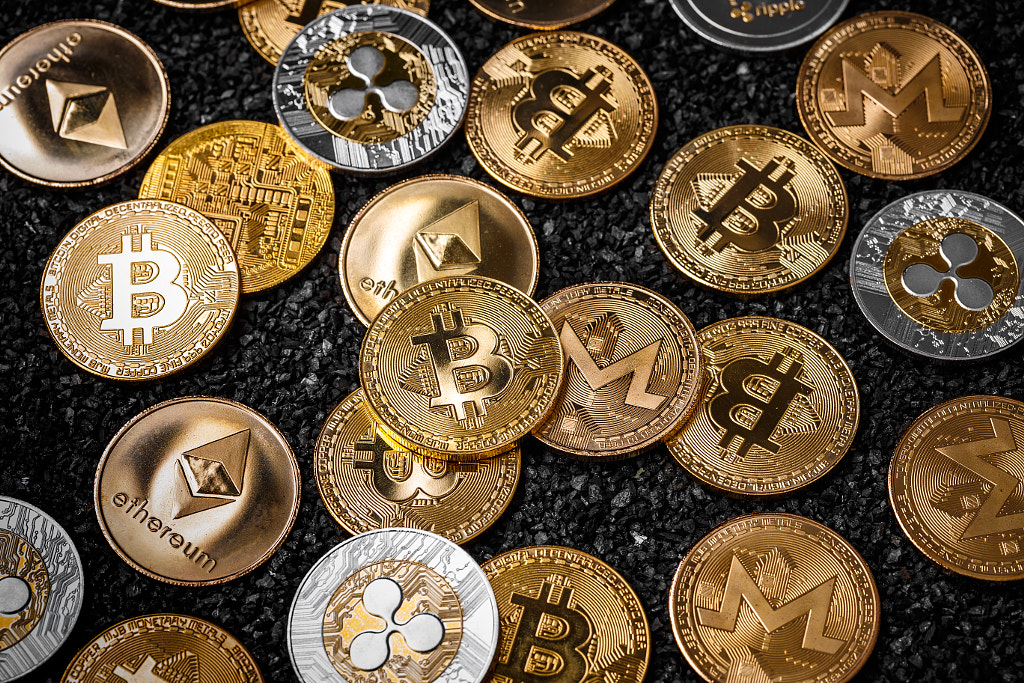According to a survey released by CNBC last year, almost half of Millennial millionaires have 25% or more of their wealth in crypto, with about half owning NFTs. By November, separate research from the Pew Research Center found that 31% of Americans between the ages of 18 and 29 said they’ve invested in, traded, or used cryptocurrency, when compared with 21% for those 30-49, 8% for 50-64, and 3% for 65+.
Millennials (people born between 1981 and 1996) and Gen Zers (born in 1997 and after) are embracing new technology and interacting with art in new ways. For many, that means doing things differently and experimenting with cryptocurrency trading, NFTs, and decentralized finance. Let’s explore just a few of the key factors driving young people, including collectors and creators, to dip their toes into Web3.
One place to start is with the changes that have influenced the traditional art market, beyond the NFT space, in the last two years. A 2021 Basel and UBS survey of high-net-worth collectors, for example, revealed that Millennials spent greater sums and invested in bigger-ticket pieces, despite the pandemic, outpacing Gen X and Boomer collectors by a long shot.
At the same time, the art world migrated online, and Millennials spent an average of $20,000 on digital art, according to the survey. Plus, the younger the collector, the more likely they were to have more digital art: while digital art accounted for 8% of Millennials’ collections, that number spiked to 18% among Gen Zers.
If we turn our attention to the Beeple sale that broke the internet last year—and consequently, thrust NFTs into the global spotlight—we’ll find that it, too, was driven in large part by younger collectors. At the time, Christie’s reported that 64% percent of the bidders for the work were under the age of 40, falling into the Millennial and Gen Z age brackets.
Beyond the art world, Gen Zers have also flocked to the larger cryptocurrency space. Mariko Oi, writing for the BBC, traces their interest in crypto back to “play-to-earn” video games like Axie Infinity, which worked as a natural gateway into the NFT space. These games are fun, and the idea of earning money by doing something fun proved appealing. Cue what Oi dubs the “gamification of trading.”
As digital natives, young people also have access to a wealth of information, including advice given by “crypto-influencers” on YouTube and Twitter. Of course, not all advice is good advice, so it’s important to be cautious. But perhaps that’s also part of the appeal; while previous generations might have relied on central authorities, like a bank or financial advisor, the “DYOR” or “do your own research” ethos of the crypto space could feel like a refreshing alternative. This might hold especially true amid rising costs of living and disillusion with the systems that our parents relied on.
In Web3, that is, you don’t need to trust a traditional financial institution, which can often feel intimidating and inaccessible. It’s a space marked by volatility, and that carries risk, but for many, it also brings potential opportunities. Younger people are also more willing to embrace that risk; research from Morning Consult reveals that while just 3% of Baby Boomers are willing to take big risks in the pursuit of big rewards, that number climbs to 11% among millennials and 13% among Generation Z.
Younger artists, too, have entered the space. Last year, The New York Times spotlighted a few of the teen artists paving the way on the blockchain, including the famous digital artist FEWOCiOUS. Others were inspired to follow in his footsteps. While some are approaching crypto art as a kind of summer job or a way to earn spending money, the reporter, Steven Kurutz, also cited Nifty Gateway’s Nifty Next Generation drop, where work by teens sold for thousands of dollars. Some are in it for a few bucks, but many are in it for the long haul.
The appeal of NFTs lies not only in the fact that they make ownership of purely digital artwork possible but also the notion that anyone can enter the market. You don’t necessarily need to make it to Christie’s; if you’re able to build a following on social media, and if you can connect one-on-one with a group of dedicated collectors/investors, you have a shot of making it. Plus, thanks to smart contracts, artists can earn royalties every time their work is sold on the secondary market—something that would be very difficult to achieve in the traditional art world.
Of course, it’s not just about the money; we can also consider the community aspect that lies at the heart of Web3. Young people already spend much of their time socializing online. According to research released a few years ago by the Pew Research Center, 74% of teens who participate in online groups and forums say these groups help expose them to new people, while 68% say they help them feel more accepted.
The pandemic left many of us feeling lonely and disconnected, changing our relationship with the internet and motivating us to get more creative about how and where we build our communities. Perhaps it’s not such a leap to imagine that for a generation of people who grew up making friends online, the promise of something like the metaverse—a virtual world where you can hang out with friends, many of whom are based all around the world—might be particularly inspiring.
And Gen Zers are already helping to shape what the metaverse looks like. According to a survey released early this year by Obsess, an e-commerce platform, almost three-quarters of Gen Zers had already purchased a digital asset in a video game, with 60% agreeing that brands should sell their products in the metaverse. For Gen Zers, the conceptual leap from video games to NFTs wasn’t too much of a stretch; you pay for in-game assets, so why not pay for art that exists only in the digital world? From shopping mall-esque experiences to virtual art galleries, it’s hard to predict what the future holds, but we might find some hints by listening to the younger generation.
Explore VAULT now. An NFT marketplace for creators, collectors, and art lovers.
The post Why young people are embracing NFTs and crypto appeared first on 500px.



